Making Skiing (and Snow) in the Adirondacks More Sustainable
National Grid and Gore Mountain partner to revolutionize snowmaking and create sustainable slopes.
AdirondackHub.com (ROOST)
Picture this: the exhilarating rush of skiing freshly powdered slopes, the crisp air whipping against your face as you carve through the snow. The promise of pristine fresh snow is paramount for the thousands who flock to Gore Mountain Ski Resort in North Creek each winter to ski and snowboard in the Adirondack Park. While Mother Nature does her part, sometimes she needs a helping hand. That's where innovative snow-making technology comes in, supported by National Grid's energy-saving initiatives.
Conserving energy, saving money for New York State tax-payers and bolstering the local economy.
Thanks to National Grid's forward-thinking programs, Gore Mountain has undergone a transformative upgrade, ushering in a new era of energy efficiency. Over the past few years, the mountain, the largest ski resort in New York State, has seen the installation of 136 cutting-edge, tower-mounted snow guns, ensuring over 190 acre-feet of snow annually.
Gore Mountain’s new game-changing equipment conserves more than 2.1 million kilowatt-hours of energy annually, translating to savings of over $170,000 each year. That’s the same energy required to power 2,190 refrigerators for a ski season (four months).
Photo courtesy Gore Mountain.
If you’re a New York State tax-payer, you should care about that. Gore Mountain is one of three ski areas owned by The People of the State of New York and operated by the Olympic Regional Development Authority (ORDA), a state agency.
James Bayse, General Manager of Gore Mountain, expresses gratitude for National Grid's support: "With their generous grant, we've been able to retire older, inefficient equipment in favor of technology that operates at a fraction of the cost. This isn't just about saving money; it's about enhancing the experience for our visitors while embracing sustainability for the future."
Indeed, Gore’s commitment to sustainability extends beyond energy efficiency. With the new technology in place, Gore Mountain now consumes the same amount of energy it did two decades ago despite its facility having tripled in size. Tom Iwinski, Community and Customer Manager at National Grid underscores the broader impact: "By investing in energy-efficient equipment, we're not just helping Gore Mountain; we're bolstering the entire community. More open trails mean more visitors year-round, fueling the local economy and fostering growth."
But Gore Mountain's dedication to environmental responsibility doesn't stop there. As the ski resort boasting the largest dedicated solar array in the nation, Gore Mountain is leading the charge toward a greener future. This impressive solar infrastructure offsets a staggering 85% of the mountain's energy consumption, further shrinking its carbon footprint. As Gore’s website states, they are “turning sunlight into snow.”
As weather patterns change in the Adirondacks, snowmaking is essential to the skiing experience.
Photo courtesy Gore Mountain.
Gore Mountain Ski Center has relied on snowmaking systems for many years, and they have become an integral part of the resort’s operations. Due to the changing weather patterns, the systems are necessary to extend the ski season.
The resort's snowmaking system was first established in 1976, and initially, it covered four trails, namely Sleeping Bear, Sunway, Showcase, and Cloud. Since then, Gore Mountain has expanded its snowmaking capabilities, now covering 97% of the terrain. The resort upgrades its snow guns annually, investing in more energy-efficient and technologically advanced equipment. In addition, the resort has significantly increased its water pumping capacity, which has resulted in faster and more snow production.
The magic behind Gore Mountain’s snowmaking.
Infographic courtesy Gore Mountain.
Snowmaking is a process that requires a combination of cold temperatures, compressed air, and water. The process starts by shooting compressed air and water into a nozzle, which mixes them to create small droplets of water. The droplets are then shot into the air, where they freeze and form snow crystals.
The temperature is a crucial factor in the process, as it needs to be 30 degrees Fahrenheit or lower for the snow to form. Snowmakers keep an eye on the weather, and when the temperature drops, they start the process. If it's raining, they stop the operation, as the snow would melt away.
Ski areas typically make snow overnight when the temperatures are colder, and they can focus all their human resources on making snow. In the last two years, Gore has seen a major overhaul to its snowmaking infrastructure, which includes a new modernized pumphouse with increased pumping capacity. In 1996, they began tapping into the Hudson River (yup, that same Hudson River that flows form Lake Tear of the Clouds on Mt. Marcy — New York’s highest peak — to New York Harbor under the watchful gaze of the Statue of Liberty) and in 2020, they expanded their reservoir, creating a major increase in capacity.
With these innovations and others, Gore Mountain is carving a path toward a brighter, more sustainable future—one powder day at a time.

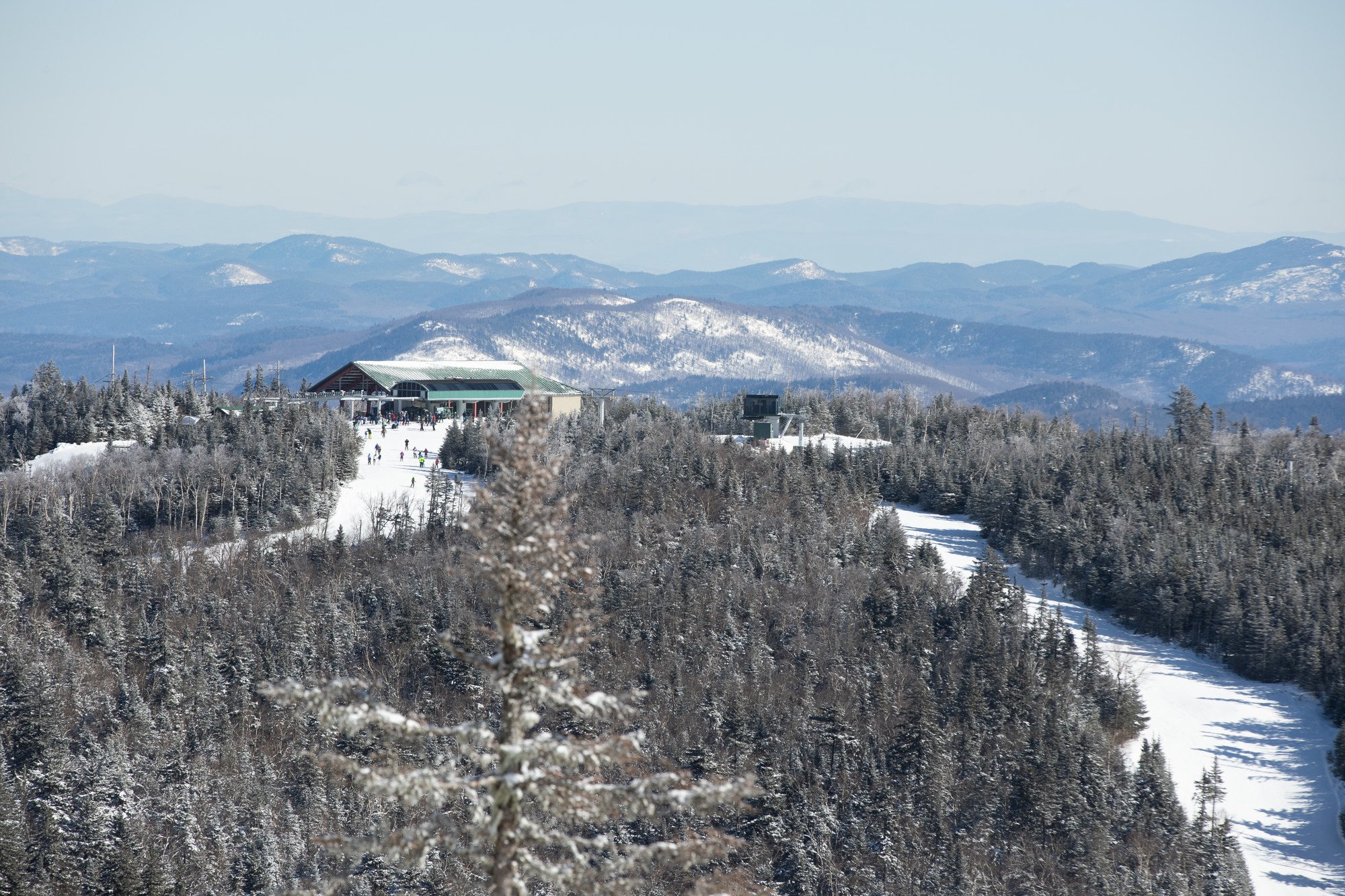
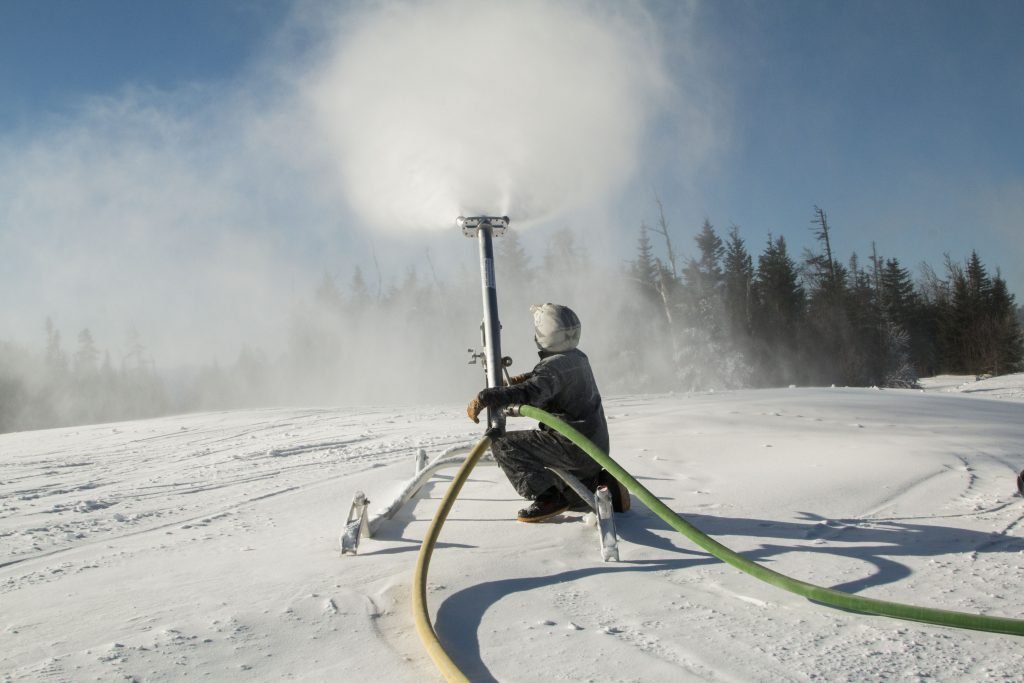
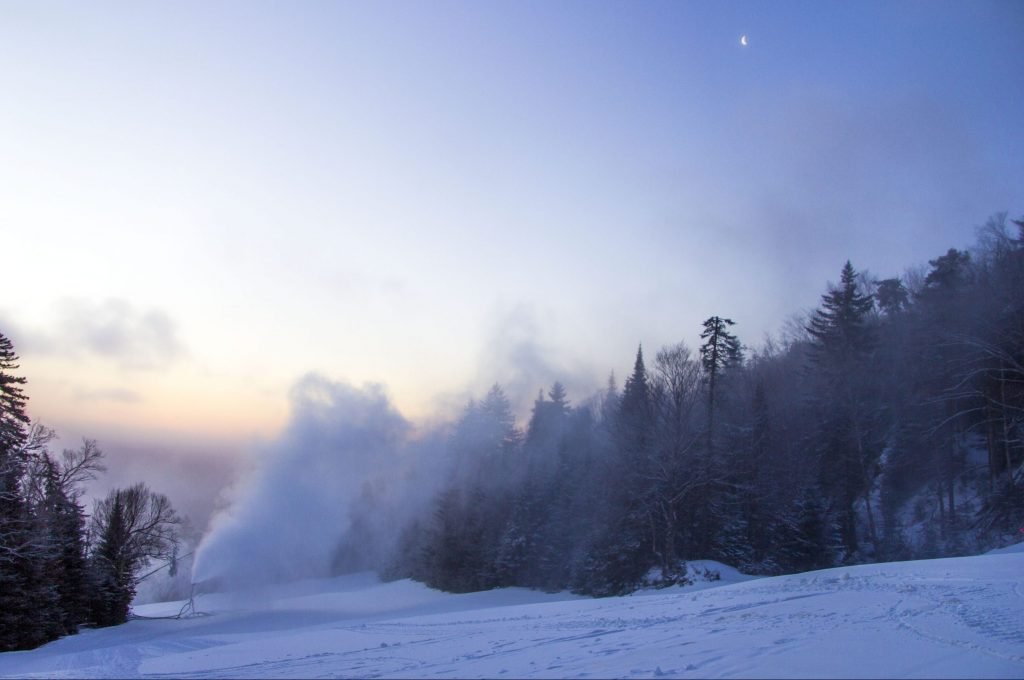






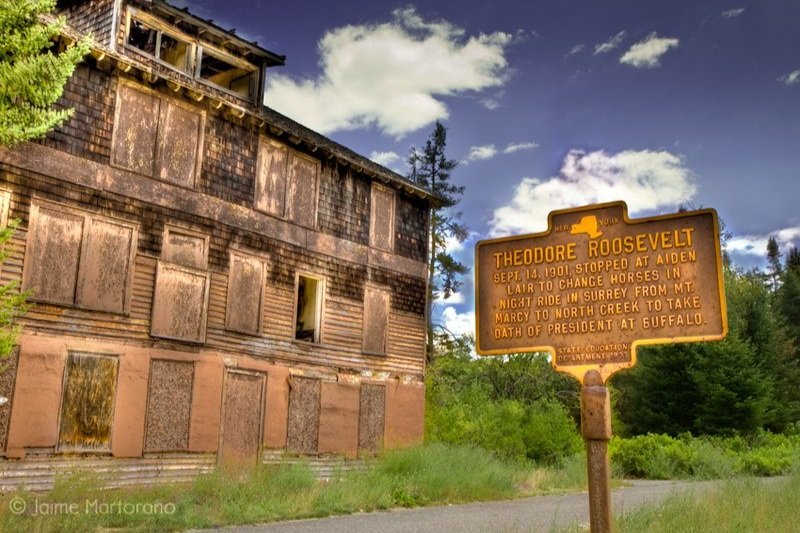

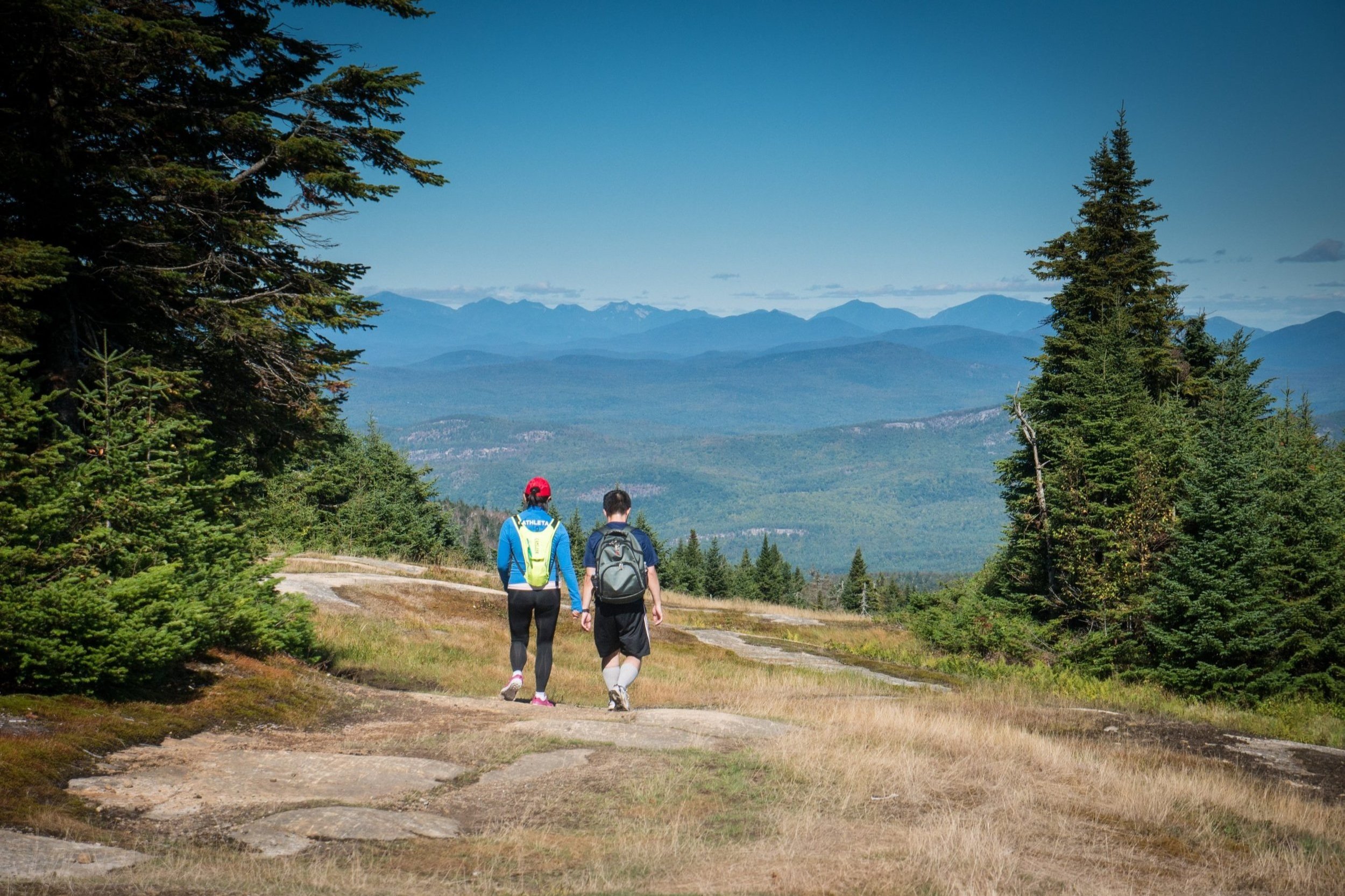
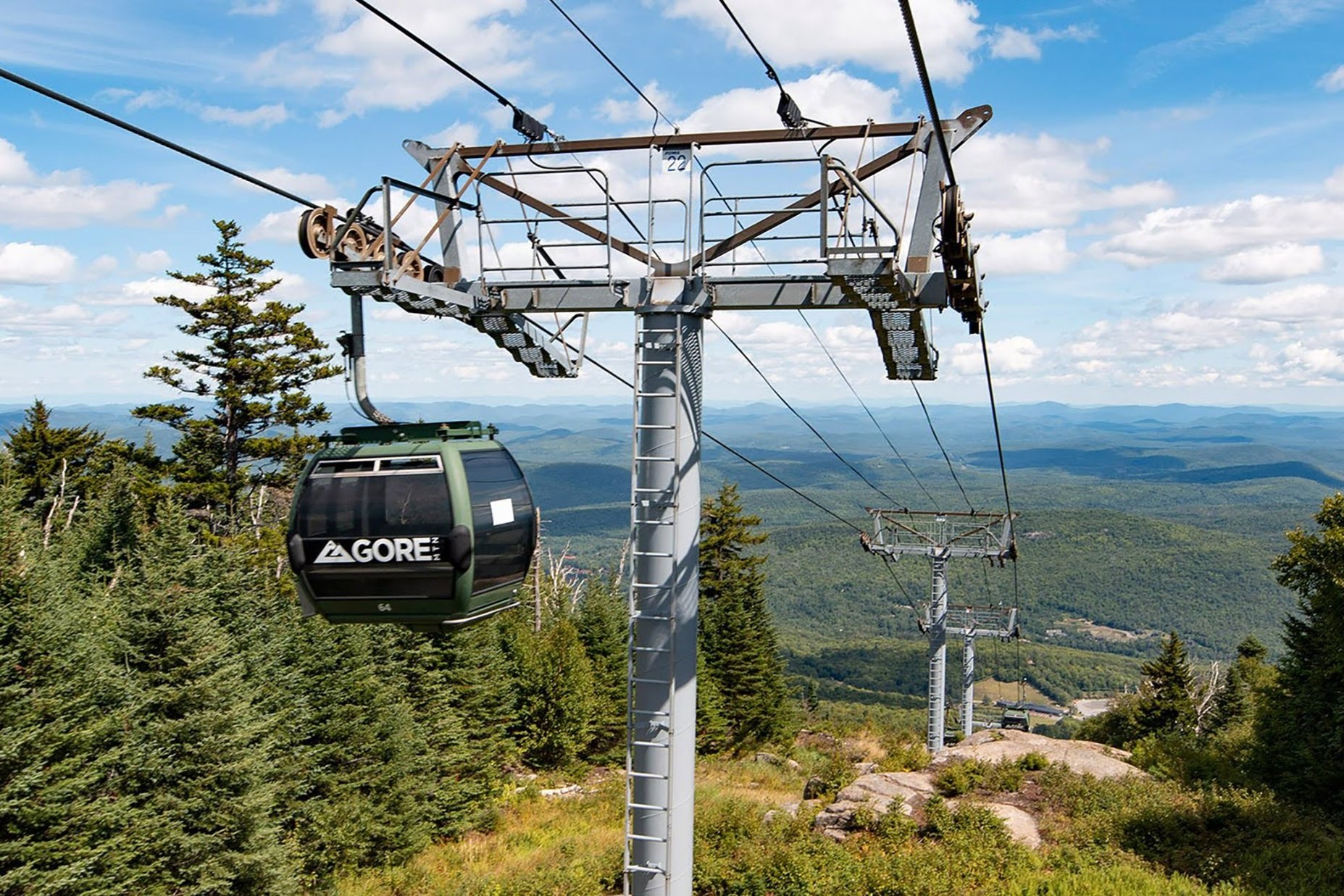
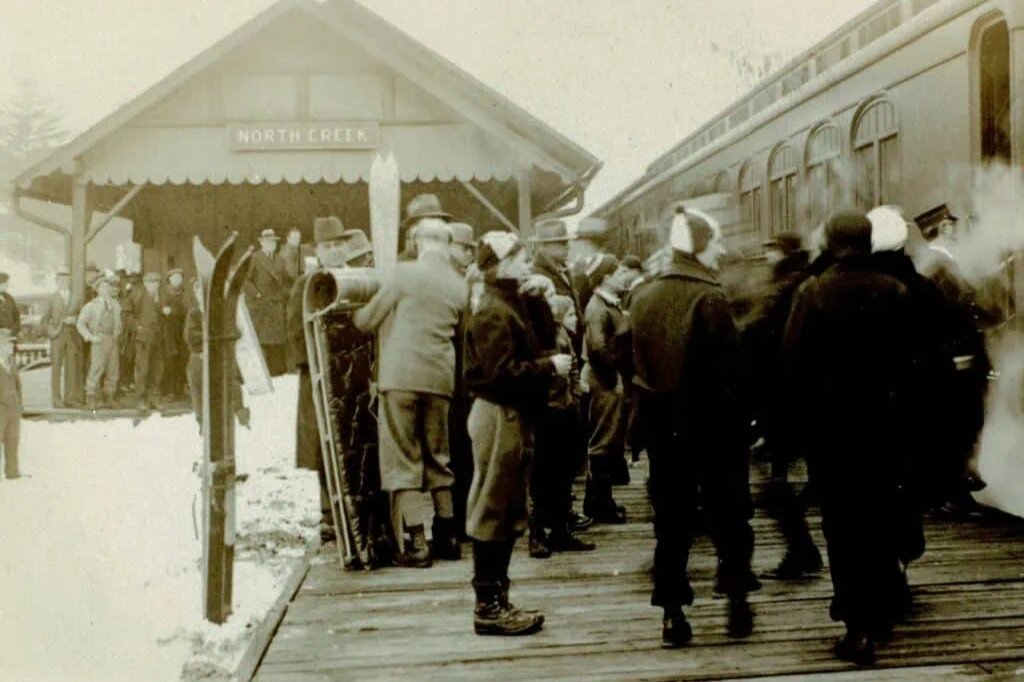
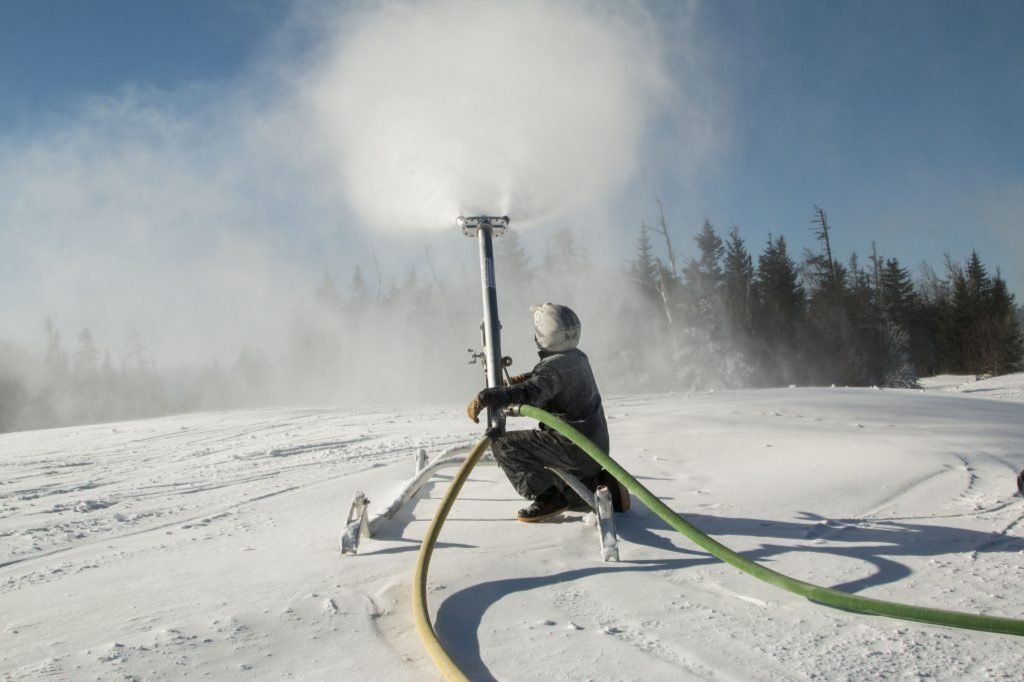
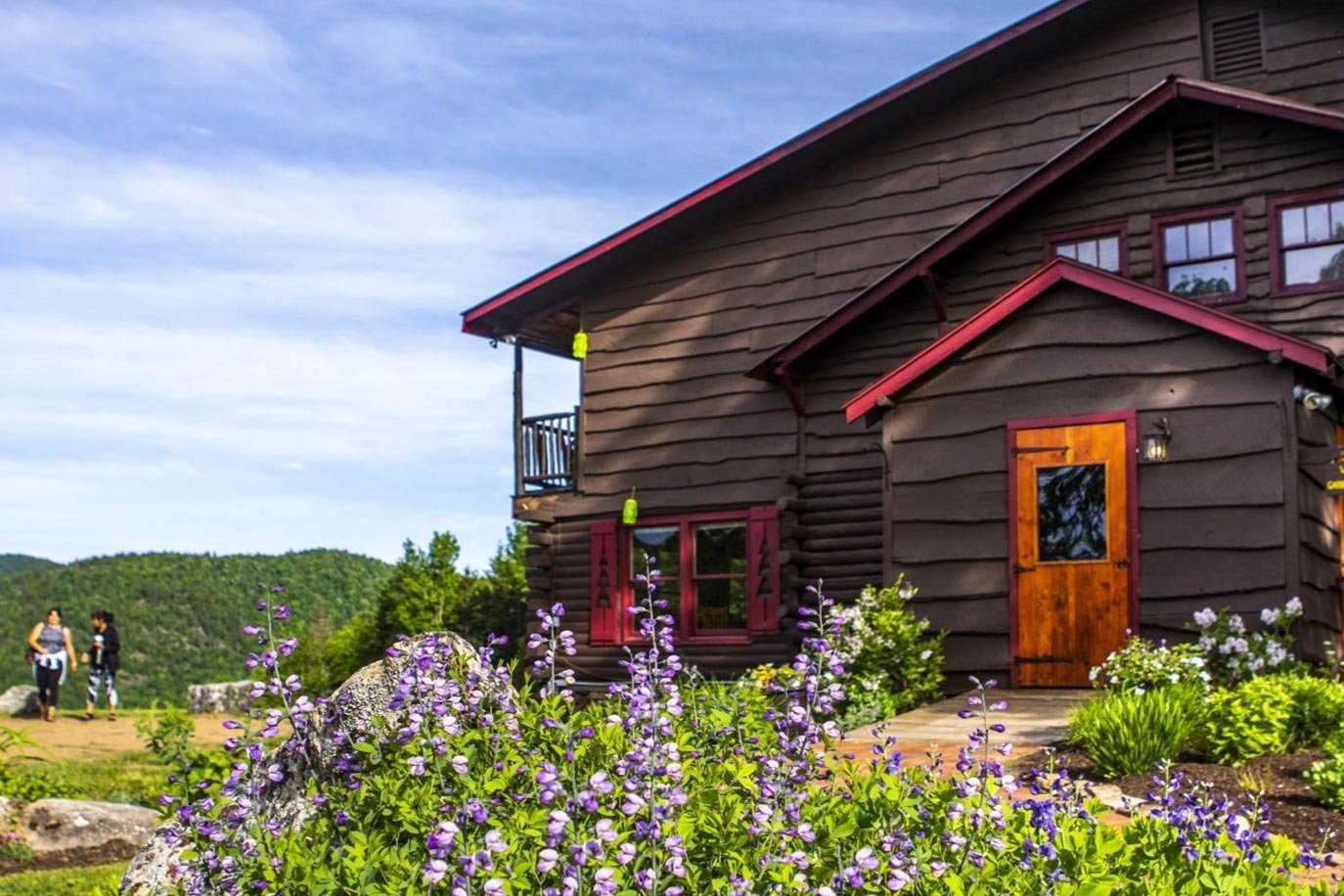

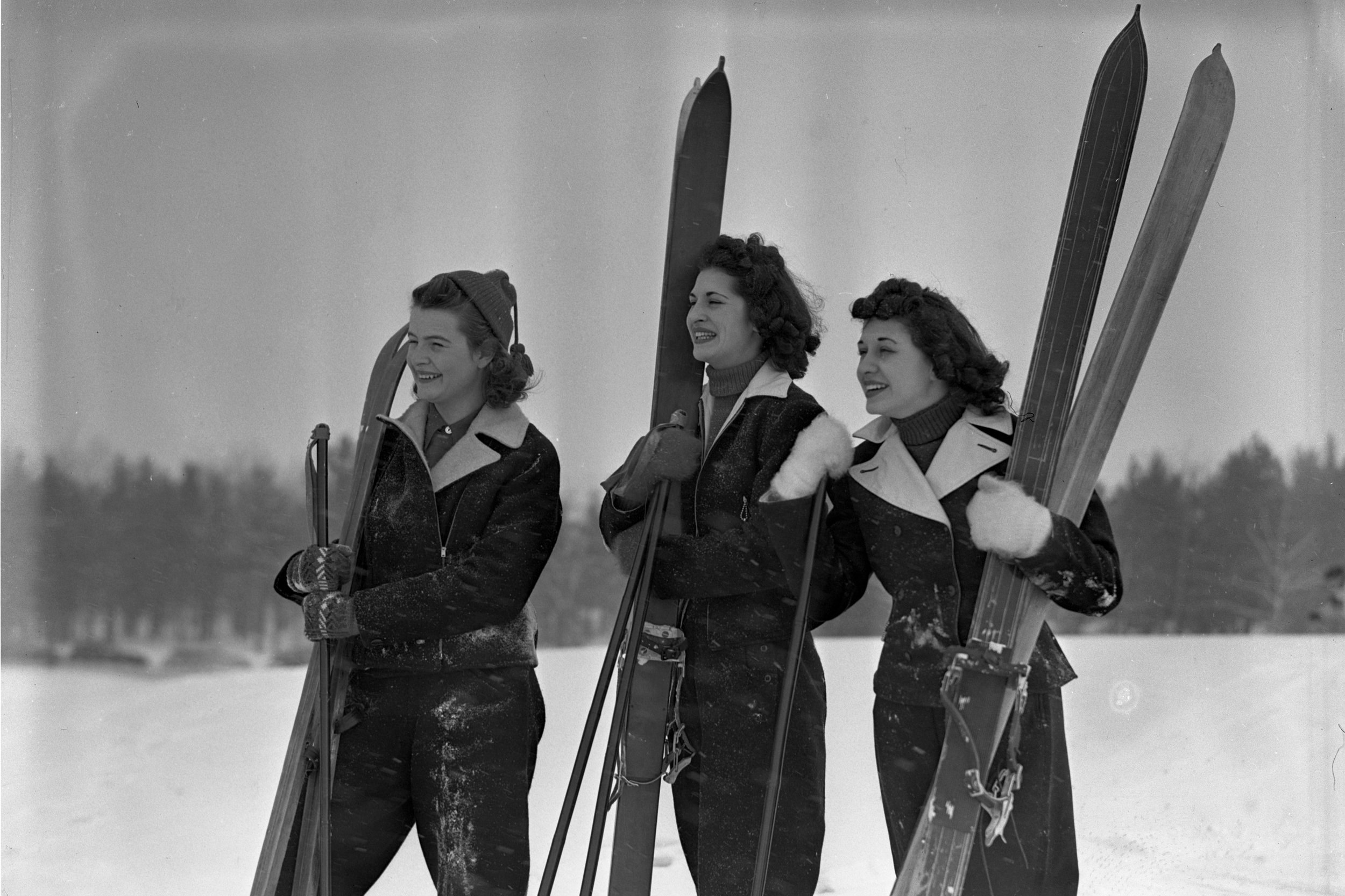


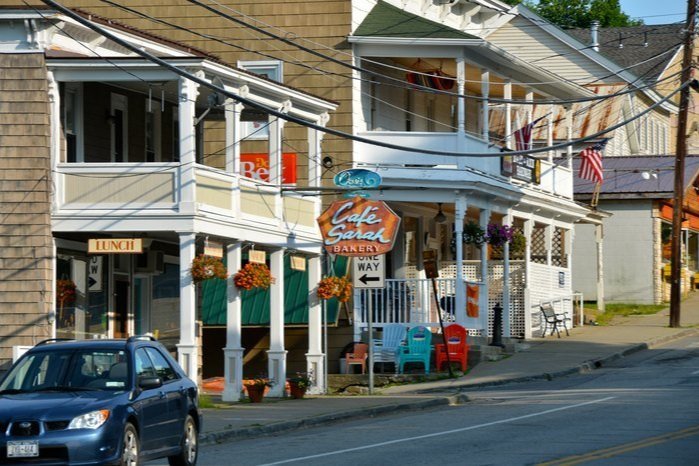
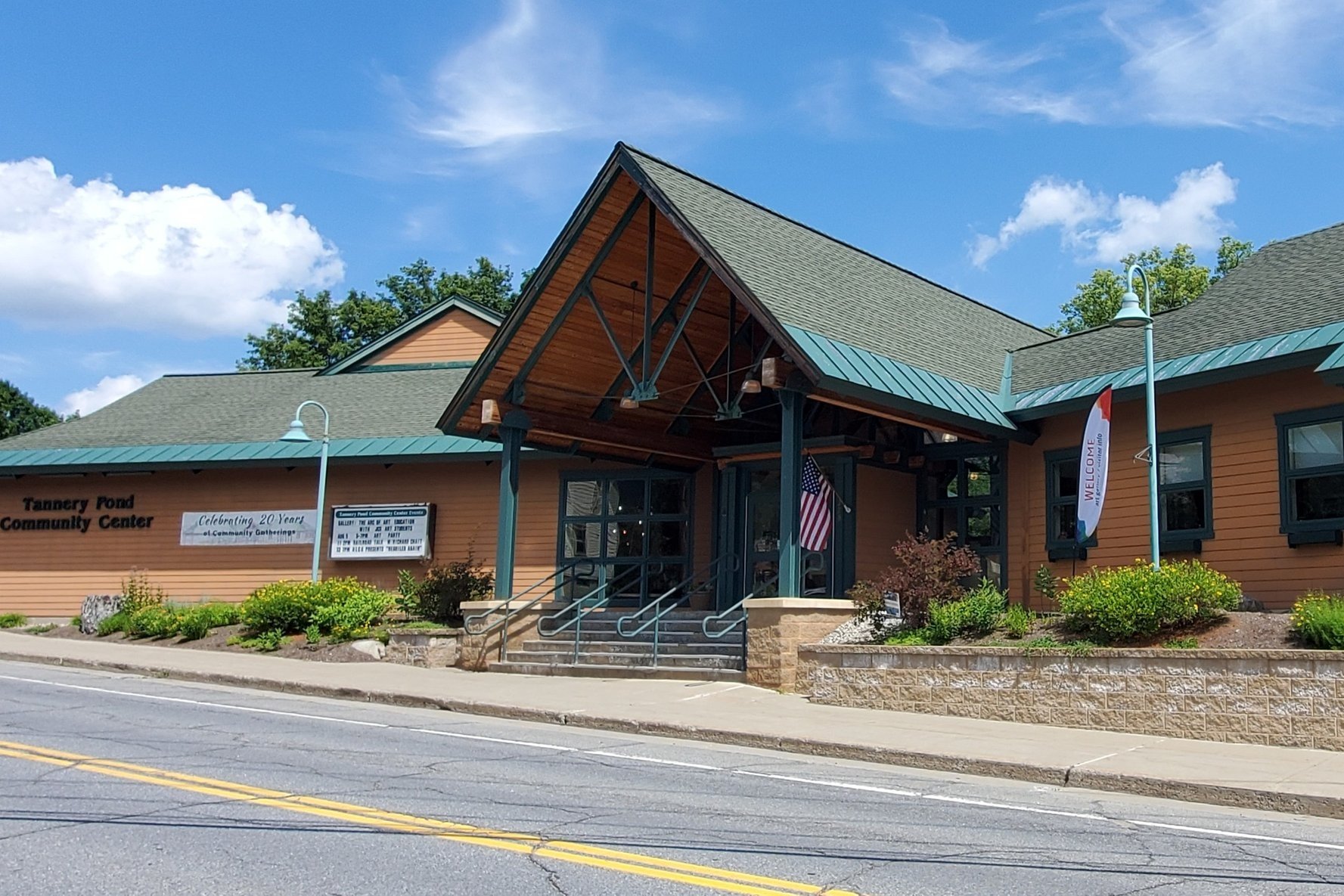


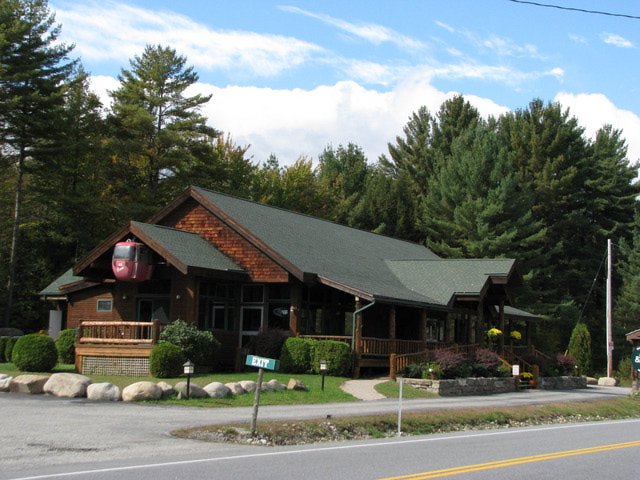

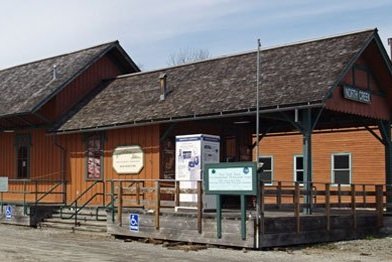



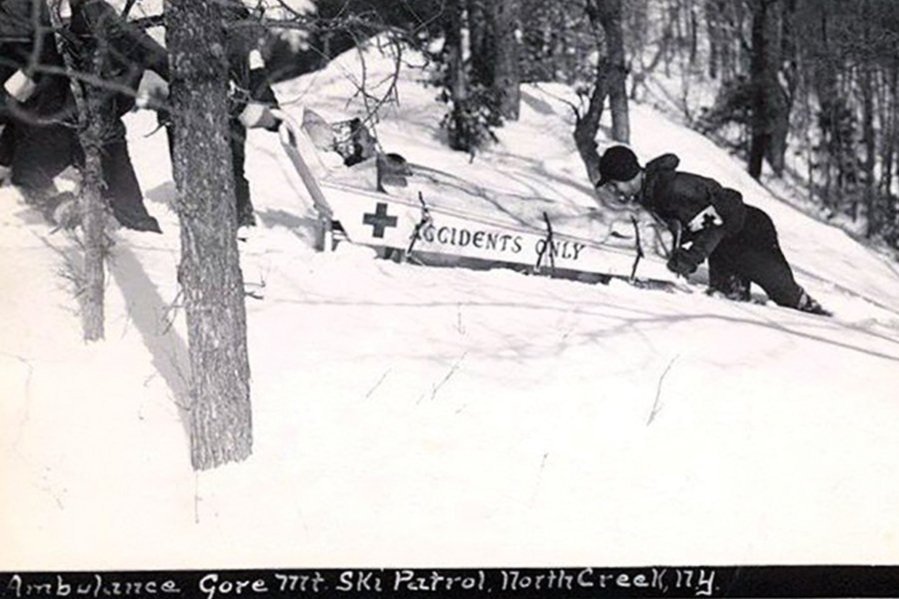
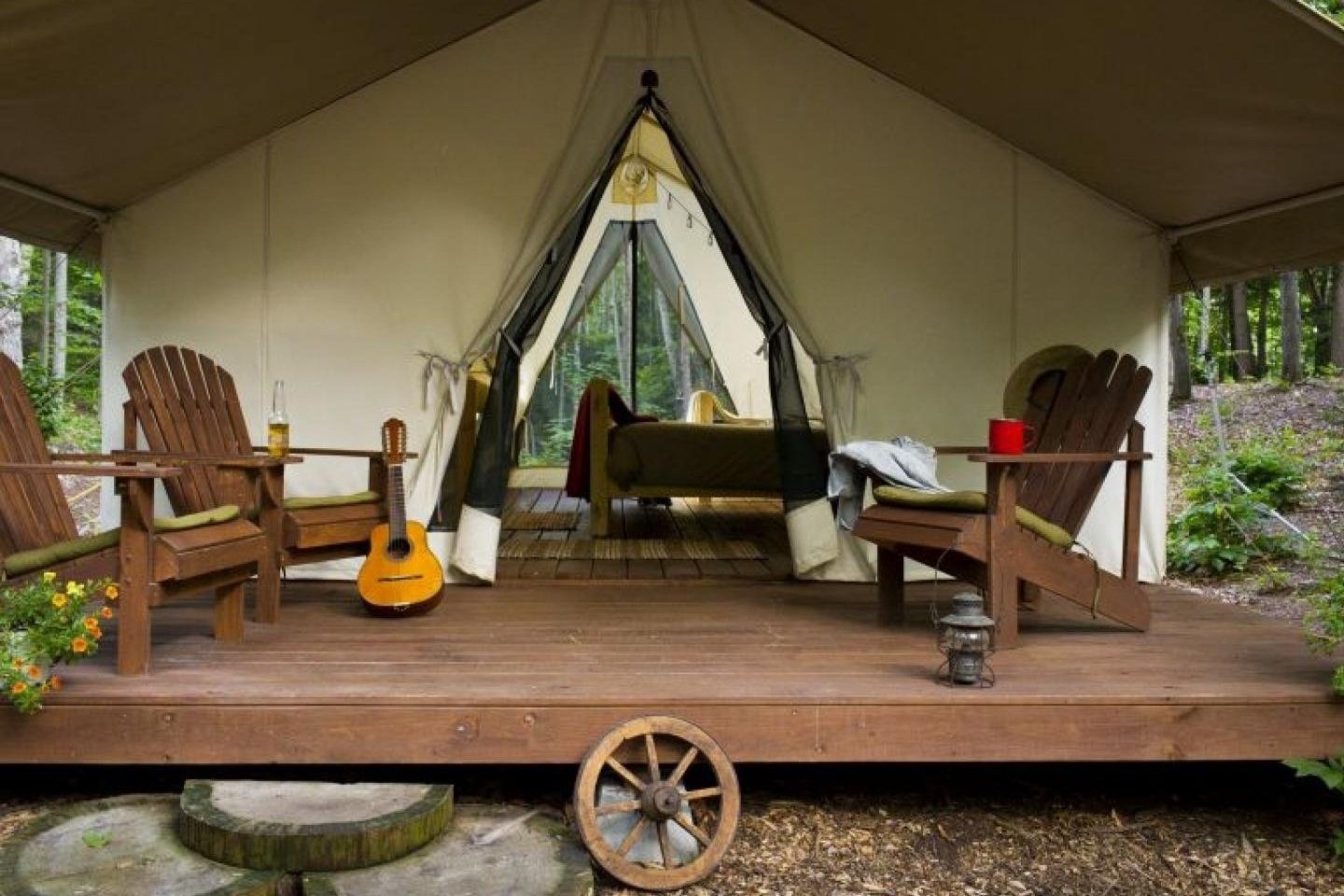







Beautiful hand-crafted jewelry using authentic Adirondack Garnet gemstones.